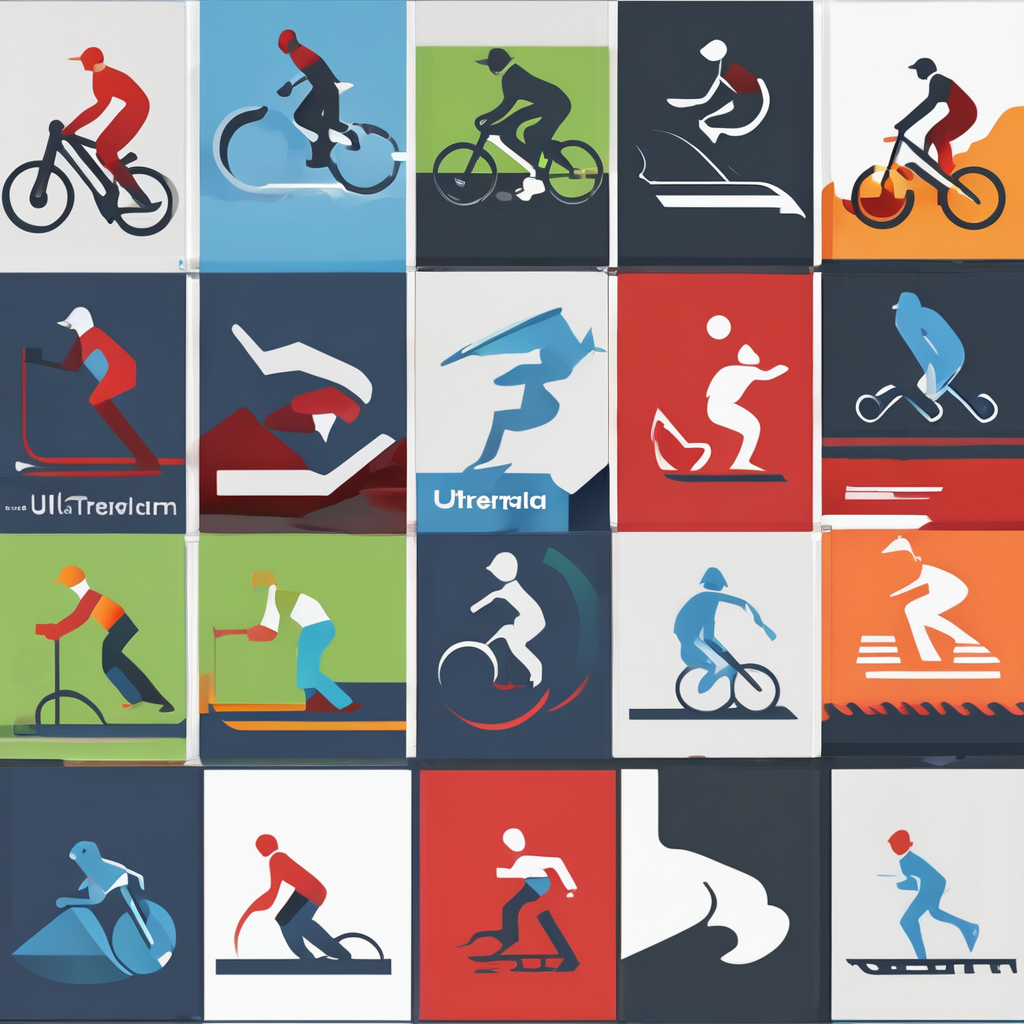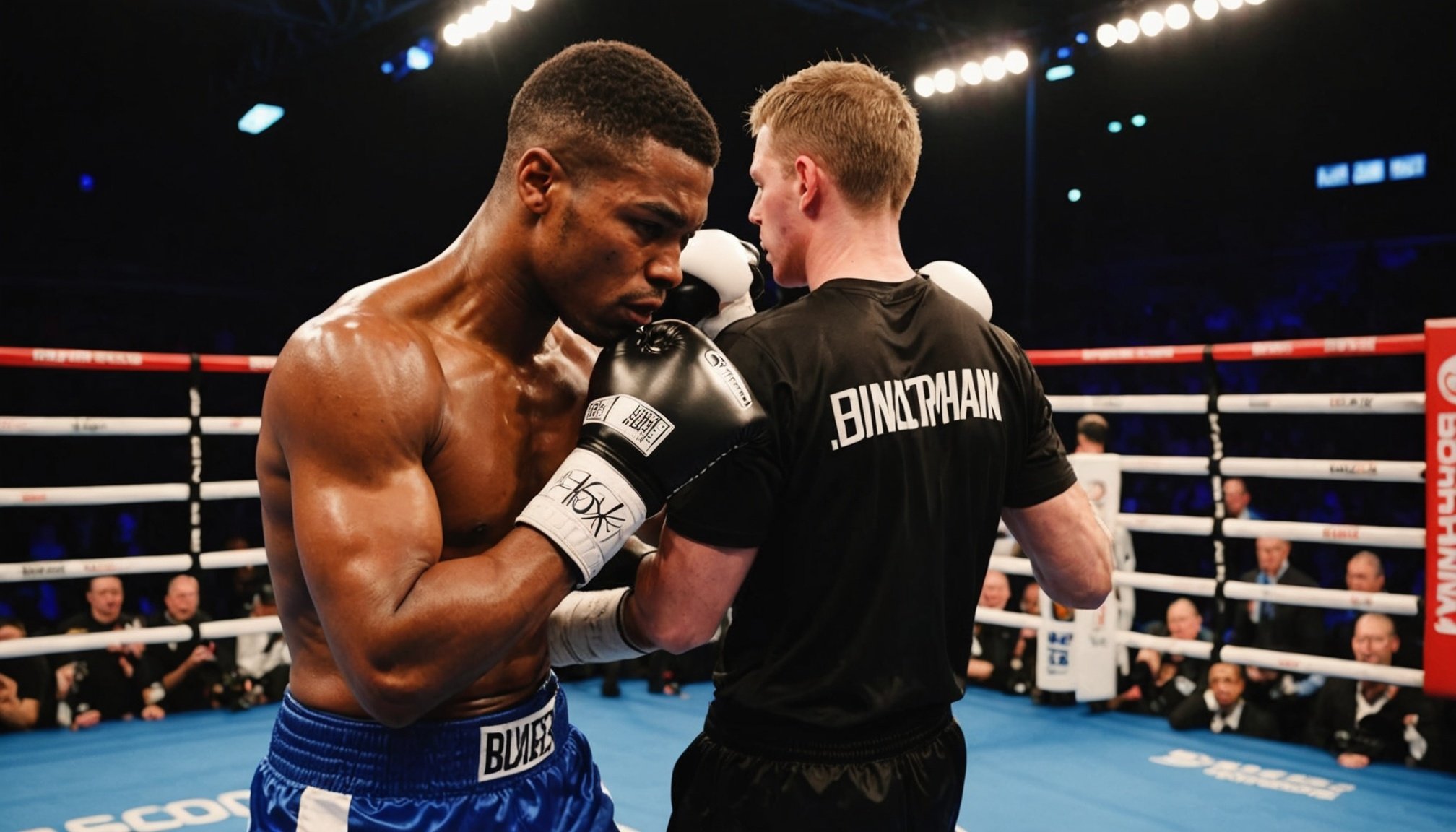Understanding Head Movement in Boxing
Head movement is crucial in boxing, playing a vital role both defensively and offensively. It allows boxers to dodge incoming punches, setting up counterattacks and creating strategic openings against opponents. Proper implementation of boxing techniques can transform the dynamic of a match, making it imperative for boxers to master these skills.
Styles of Head Movement
Boxers employ different styles of head movement to enhance their defense mechanisms:
Additional reading : Top Strategies for UK MMA Fighters to Control Adrenaline Surges and Enhance Performance
-
Slips: Involve slight lateral shifts, effectively evading straight punches. This technique requires minimal energy, allowing UK boxers to maintain stamina throughout the match.
-
Ducks: Utilised to avoid hooks and jabs by bending the knees and lowering the head. Ducks create opportunities for counter-punching, a skill that can turn the tide of a fight with precision.
In parallel : Top Recovery Strategies for UK Muay Thai Fighters Post-Fight: Enhance Your Performance!
-
Weaves: Involve more pronounced circular movements, weaving under punches to come up in a strong counter-attacking position. Weaves add a tactical edge, enabling boxers to manipulate the rhythm of the bout.
Common Mistakes
Despite their simplicity, these movements are often subject to errors. Boxers might overemphasise head movement, compromising their balance and opening themselves up to attacks. Improper timing can also leave them vulnerable. Therefore, mastering these boxing techniques requires disciplined practice and attention to detail.
Fundamental Drills to Practice Head Movement
When aiming to enhance your head movement skills, integrating effective training exercises is crucial. One of the key practices is combining footwork and head control drills. Proper footwork ensures that your head movement is fluid and balanced. For instance, engaging in lateral shuffle drills helps maintain stability while shifting your head side-to-side.
Another vital component is shadow boxing, emphasizing head movement. Here, visualise your opponent’s attacks while dodging imaginary punches helps solidify the idea without the actual physical contact. This focuses your practice on the mechanics of head movement, enhancing your skill enhancement.
Equally important are partner drills, which help develop timing and reflexes. Engaging in these drills with a partner who simulates various attacking styles will boost your responsiveness.
Consider a few key drills:
- Mirror drill: Partners mimic each other’s movements to understand rhythms and patterns.
- Reaction drill: One partner acts as the attacker, while the other practices evading in real-time to develop instinctual movement.
These combined exercises ensure a well-rounded development in training, aiding in the seamless integration of head movement into overall defensive strategy.
Advanced Techniques for Enhancing Head Movement
Mastering head movement is crucial for effective boxing. Integrating head movement with throwing punches requires precision and practice. When a boxer can combine evasive maneuvers with offensive strikes, it creates an unpredictable rhythm, keeping opponents off guard. For instance, bobbing and weaving simultaneously with hooks or uppercuts can increase the impact and effectiveness of an attack.
Creating angles and openings through head movement is another advanced technique. By shifting their head strategically, boxers can position themselves to exploit weaknesses in their opponent’s guard. This not only assists in landing precise punches but also confounds the opponent’s defensive strategies. Employing techniques such as feints and slips, a boxer can induce mistakes, thereby crafting scoring opportunities.
Analyzing boxing footage plays a vital role in enhancing one’s head movement. By observing professional bouts, aspirants can gain expert insights into how seasoned fighters employ these tactics. Detailed examination of fights, particularly focusing on how head movement is synchronised with footwork and punch combinations, provides invaluable learning experiences. Boxing strategies drawn from this analysis enrich training sessions, offering practical illustrations and paving the way for skillful application in the ring.
Expert Advice and Insights
Gain a competitive edge in the ring with insights from renowned UK boxing coaches. Their expert interviews reveal not only the core techniques but also the personal triumphs behind mastering head movement in boxing. One coach emphasised the importance of starting with the basics, such as perfecting footwork and balance, prior to engaging with more complex drills. This foundation is crucial to evade opponents effectively.
Successful UK boxers often share personal experiences, touching on the significance of perseverance and consistency in training. They highlight the mental resilience required to overcome obstacles and the role coaching plays in reaching high levels of performance. Engaging with a boxing coaching program led by experienced trainers can be transformative, offering tailored strategies to improve agility and reflexes.
Overcoming common head movement challenges often involves practising with a focus on timing and instinct. Exercises like the slip rope drill can be particularly beneficial, sharpening one’s ability to anticipate and react to punches. Integrating these strategies into your routine not only enhances physical capabilities but strengthens confidence in the ring. By learning from the experts, aspiring boxers in the UK can approach their craft with a renewed sense of purpose and direction.
Incorporating Technology and Visual Aids
Incorporating technology in training is revolutionising the way athletes enhance their skills, particularly through video analysis. This advanced method allows boxers to scrutinise movements frame by frame, helping to discern the effectiveness of head movements. By pinpointing areas needing improvement, athletes can strategically refine their techniques.
Video analysis tools bring a significant edge to performance improvement. Apps like Coach’s Eye and Ubersense offer slow-motion replay, enabling athletes to observe, learn, and adjust for optimal results. These tools, easily accessible on smartphones and tablets, are indispensable for both amateurs and professionals seeking to elevate their craft.
Equally crucial is the role of regular assessments in tracking progress. Video analysis not only highlights current capabilities but also charts development over time. Consistent evaluations ensure that training regimens are effective and aligned with boxing goals.
Furthermore, leveraging technology fosters a more comprehensive understanding of techniques, making insights more accessible to coaches and athletes. By integrating technology into training routines, boxers can achieve unmatched precision and efficacy, leading to substantial progress in the ring. Technological advancements thus empower athletes to transition from theoretical knowledge to practical, refined skillsets.
Tailoring Head Movement Skills to UK Boxing Styles
In the realm of UK boxing styles, head movement plays a pivotal role in the success of a fighter. From the traditional stance of British boxing to more modern approaches, each style requires a unique adaptation of head movement.
Amongst the key UK boxing styles, we have the orthodox style, renowned for its emphasis on precision and defence. Fighters utilising this style often employ subtle head movements to slip punches and create counterattacking opportunities. Meanwhile, the southpaw style, with its deceptive positioning, demands an intricate understanding of how to manoeuvre the head to keep opponents off balance.
Skill in adapting head movement techniques can elevate a boxer’s adaptability, allowing them to excel across various stylistic preferences and opponents. Techniques such as bobbing, weaving, and slipping are tailored to fit the personal style of each boxer, ensuring they maintain their defensive posture while maximising offensive potential.
The cultural significance of head movement in UK boxing history is profound. From British legends dodging blows with precision to influencing global boxing dynamics, head movement is more than a technique; it’s a crucial component of the sport’s legacy. Understanding these stylistic differences enhances a fighter’s adaptability and success in the ring.











